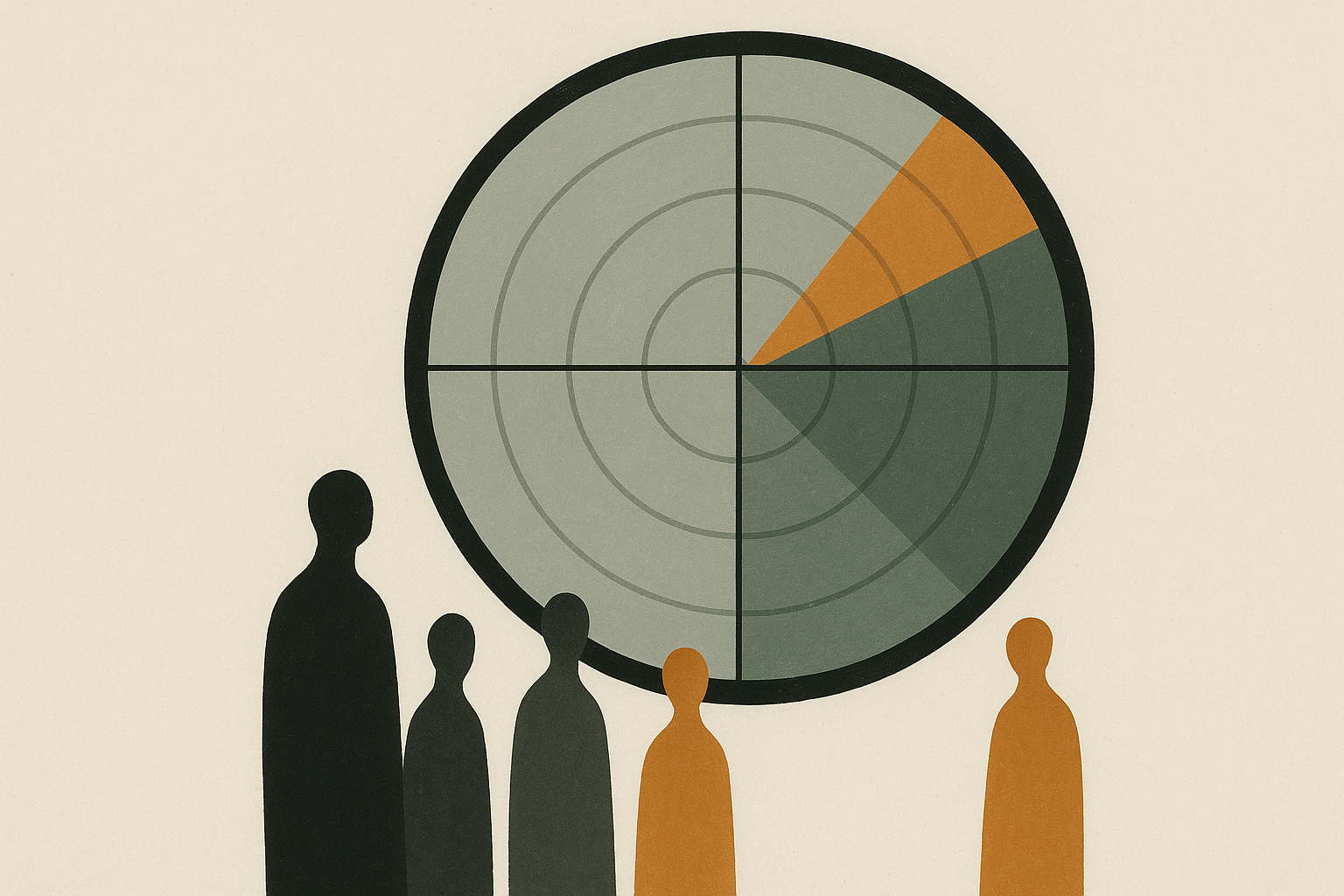What makes a great foresight radar? 5 lessons from a foresight expert

The foresight radar has become one of the most recognizable tools in futures work. Done well, it’s more than a visualization, it’s a living map of what could shape our tomorrow.
But here’s the challenge: not all radars inspire action. Some end up forgotten in a slide deck. So what makes the difference between a radar that sparks strategy and one that gathers dust?
In this article, I’ll share a few qualities that stand out based on what I’ve seen from leading foresight teams, and the new AI-enabled workflows changing how radars are built.
1. Clarity is everything
The best radars don’t try to show everything. They show just enough.
Too often, radars collapse under their own weight: too many categories, unclear labels, or dense visuals. Instead, clarity should be the guiding principle. A great radar makes it easy to see not only what’s out there but what matters for us.
That means thoughtful categorization, intuitive placement, and a focus on sensemaking rather than decoration. Above all, it should invite discussion.
2. Context makes it strategic
A radar built without context is just a list of trends. A radar built around your organization’s unique focus becomes a strategic tool.
The most impactful radars I’ve seen are those tailored to a team’s innovation pipeline, long-term goals, or specific strategic questions. They help separate the “global noise” from the signals that are locally relevant.
This is where AI-powered foresight tools are especially useful: they can continuously surface signals that have clear relevancy, but it’s still up to us to frame them through the lens of our strategy.
3. Frequency builds relevance
One mistake I’ve made myself in the past was treating a foresight radar like a one-off deliverable. The truth? A radar gets outdated quickly in a fast-moving world.
The strongest foresight teams treat radars as living documents. They refresh them quarterly, monthly, or even continuously. AI workflows have made this much easier: what used to take weeks can now be updated in hours.
This shift transforms the radar into an ongoing reference point for strategy conversations.
4. Collaboration creates ownership
Foresight is not a solo sport. The most impactful radars are built together, not by a single expert in isolation.
When strategy, product, R&D, and domain experts all contribute, the radar reflects diverse perspectives and blind spots get smaller. Co-creation also creates buy-in: people use what they helped build.
Whether through workshops or async contributions, collaboration turns a radar into our radar.
5. Structure enables storytelling
At its best, a radar doesn’t just list signals, trends, or technologies. It tells a story about possible futures.
Great radars spark curiosity. They highlight tensions, contradictions, and emerging opportunities. They become a launchpad for scenario building or strategy design.
A radar that provokes questions will always be more valuable than one that only catalogs information.
Closing thought
It has never been easier to build a foresight radar. AI is lowering the effort, but the real magic still comes from how we design, frame, and use it together.
Clarity, context, frequency, collaboration, storytelling. These are the qualities that make a radar truly powerful. So, how does your team approach building and using foresight radars?
If you'd like to discuss and see how living foresight radars are built on FIBRES, you're welcome to book a demo.

Sakari Nisula Head of Customer Success and Foresight at FIBRES. Combining experience from academia and business, he helps organizations navigate emerging trends, build future-oriented strategies, and foster innovation. Sakari specializes in market and trend analysis, scenario building, and facilitating collaborative foresight workshops that translate uncertainty into actionable opportunities.
Stay in the loop
Get our latest foresight tips delivered straight to your inbox. You may unsubscribe from these communications at any time.